After six months of work, Florence ’s Palazzo Davanzati museum, part of the Bargello Museums group, reopens to the public: scheduled to reopen Sept. 24 after being closed from March 23 to Sept. 23, six months during which the palace, which with its nearly seven centuries of life is among the oldest and best-preserved medieval buildings in the city of Florence, has been completely rearranged and renovated while maintaining intact the charm of an ancient Florentine home as it was intended at the museum’s inception.
The need to rethink the exhibition itinerary of Palazzo Davanzati (the layout of which had not been changed since 2009), making it more didactically fluid while at the same time enriching it with other works of high artistic value, were the factors that determined the rearrangement curated by the museum’s director, Daniele Rapino, under the guidance of Bargello Museums director Paola D’Agostino, with the collaboration of architect Lorenzo Greppi. The project was made possible thanks to two extraordinary grants from the Ministry of Culture provided in the 2019-2020 year: 500 thousand euros were allocated for the refurbishing and securing of the Museum’s halls and an additional 90 thousand euros specifically for the Lace Room, with a new layout and lighting such as to enhance this extraordinary and unique collection.
The Palazzo was built by the Davizzi family in the first half of the 14th century and in 1558 passed to the Davanzati family: the building marks the transition from medieval tower house to merchant house, in a vertical development on four levels plus the ground floor. Elia Volpi, art dealer and antiquarian, in the early twentieth century, recovered the palace in its original appearance, destining it to represent Florentine living in the Renaissance period, albeit partial and incomplete. The same intent guided Luciano Berti when, in 1956, he inaugurated this museum by furnishing it with objects from the Florentine collections, later enriched by purchases and donations.
The work of rearranging the present collection supplemented, as much as possible, with a nucleus of works on temporary loan from the collections and deposits of the Bargello National Museum, was intended to be respectful of this history. The objects from the Bargello’s deposits were chosen for their temporal and cultural relationship, not only with the most representative works already in the museum, but also with the building and the most significant eras experienced by the Palace’s inhabitants.
Within the rooms of the Palazzo, from the Sala dei Pappagalli to the Camera dei Pavoni to the room with stories from the medieval legend of the Castellana di Vergi, alongside works of art by Antonio Rossellino, Lorenzo Ghiberti, Maestro di Serumido, Jacopo del Sellaio, and Mariotto di Nardo, space is made for some of the highlights of theflagship of the new layout, divided by era, from the second floor, with works and furnishings from the fourteenth and fifteenth centuries, to the second floor, with works and furnishings from the sixteenth to the eighteenth centuries, while the third floor houses the new room dedicated to lace and embroidery, a room devoted to fifteenth-century Florentine art, and the ever-fascinating kitchen. In the so-called Camera delle Impannate, the so-called Trionfi, derived from Francesco Petrarch’s poem and painted by Giovanni di Ser Giovanni, known as lo Scheggia, Masaccio’s younger brother, have finally found a new home. The four paintings on curved panel, of rare beauty, made around the middle of the 15th century and about whose intended use scholars continue to wonder, have been placed (along with other works by the same author, such as the beautiful birthing table) in a larger and more airy room, at a suitable height, to allow visitors to better appreciate their uniqueness. New life (and new location) also for the so-called Coperta Guicciardini, a 14th-century textile masterpiece that after more than thirty0years, apart from a brief interlude in 2010, is back on public view. To complement the Guicciardini Bl anket, a video dedicated to the very young was also made, made possible thanks to funding from the Fondazione CR Firenze, which will better illustrate the meaning of the scenes embroidered on the textile artwork.
TheArmory, dating back to 1530, was also restored and once again returned to public use. This rare piece of furniture painted with grotesques, made in the Siena area in the first half of the 15th century, was intended for the safekeeping of weapons, as indicated by the inscriptions in capital letters on the architrave. The museum’s pride and joy is also its collection, among the most important in Italy, of lace, embroidery and textile designs (with as many as 2,000 pieces from donations and state purchases ranging from the seventeenth to the nineteenth century), which have undergone conservation maintenance and all of which have been newly arranged, now presented in a new exhibition room, intended to enhance more of the preciousness and elegance of these manufactured products. For this occasion, there is also a special exhibition, curated by Marina Carmignani, a scholar and expert on antique textiles, of artifacts dedicated to women and their role in society between the 19th and 20th centuries with pretty and precious lingerie items, as well as perfectly preserved baby clothes and accessories.
And again, a new feature are the images scrolling on one wall of the new rooms dedicated to Elia Volpi that show the Palace in the early twentieth century, with furnishings collected by the antiquarian and sold with memorable success in the 1916 and 1917 auctions in New York. Completing the rooms are some paintings and graphics that Volpi made when he was trying to make his way as a painter, some furniture and an unpublished sculpture formerly owned by him, as well as objects belonging to him and his family members.
Particular attention, in the course of the rearrangement work, was wanted to be devoted by the curator, Daniele Rapino, to the new generations of students who will be able to appreciate the new exhibition itinerary where the evolution of housing styles and fashion is didactically simplified and at the same time better explained, also with the help of audiovisual supports and explanatory panels.
Great importance, in the economy of the work, was finally given to thelighting aspect of the entire museum. For both conservation and energy-saving reasons, most of the light fixtures that developed a lot of heat and consumed a lot of energy were replaced with LED light fixtures, at the same time improving the enjoyment of the rooms and the works on display.
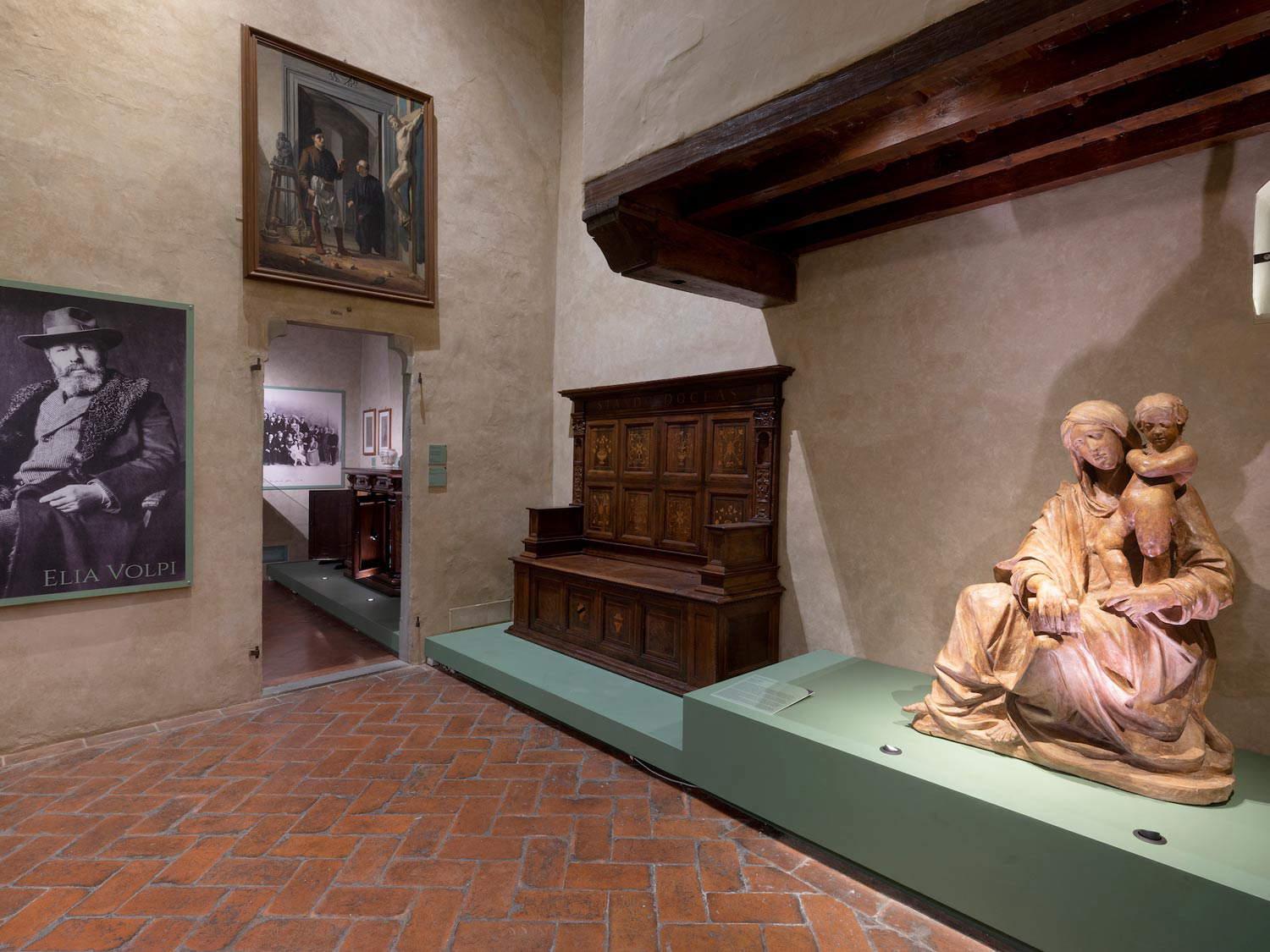

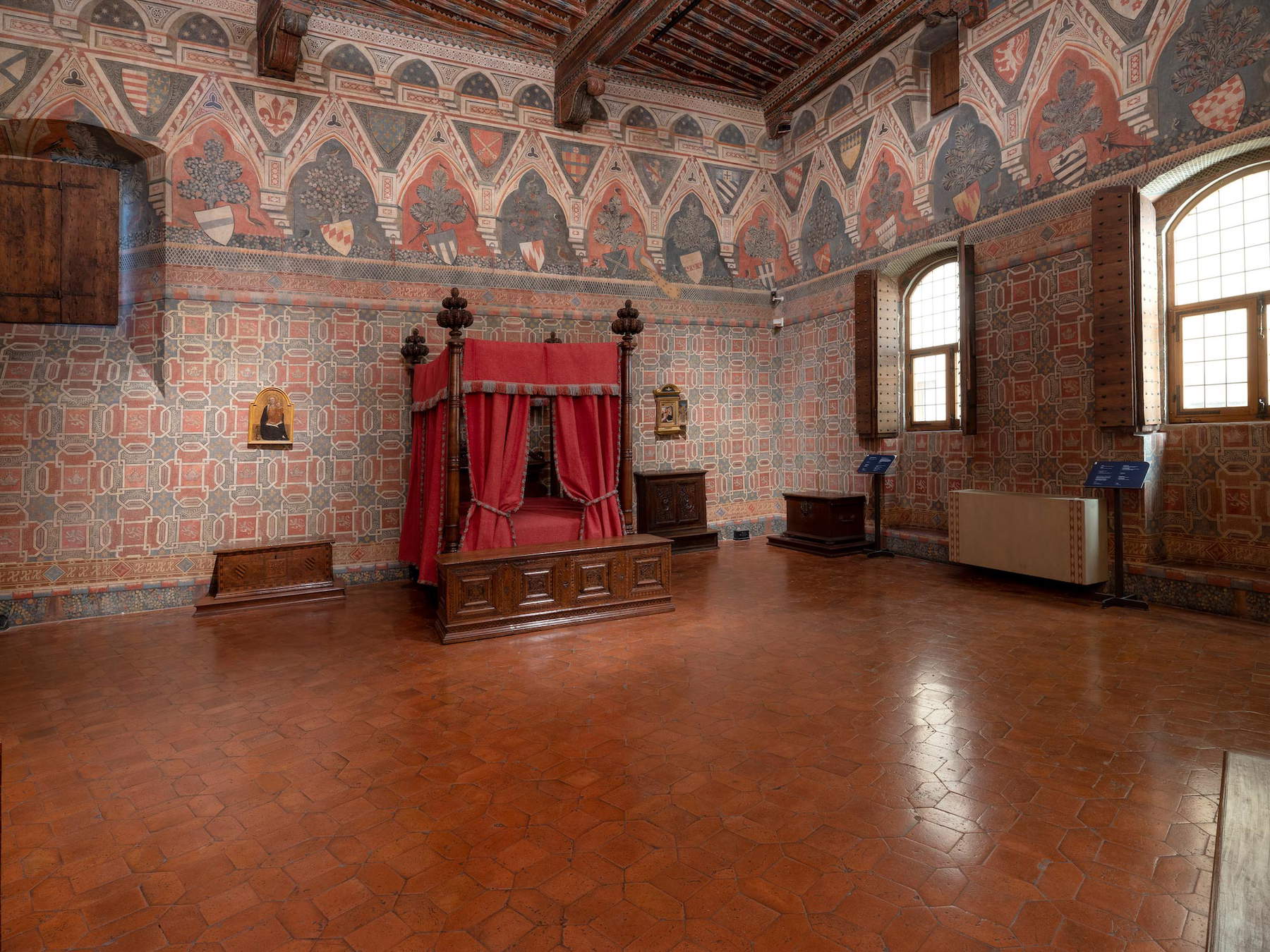
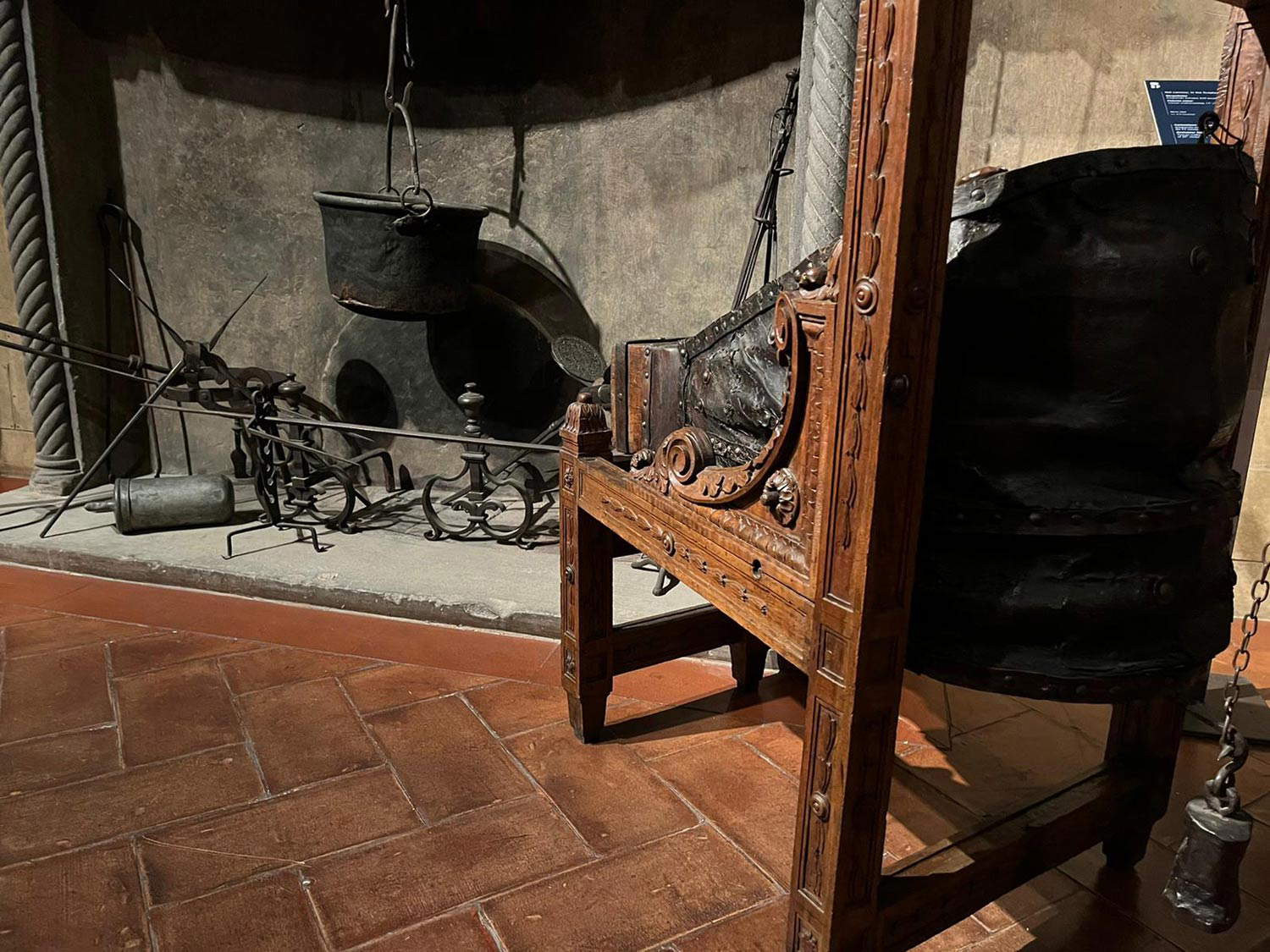

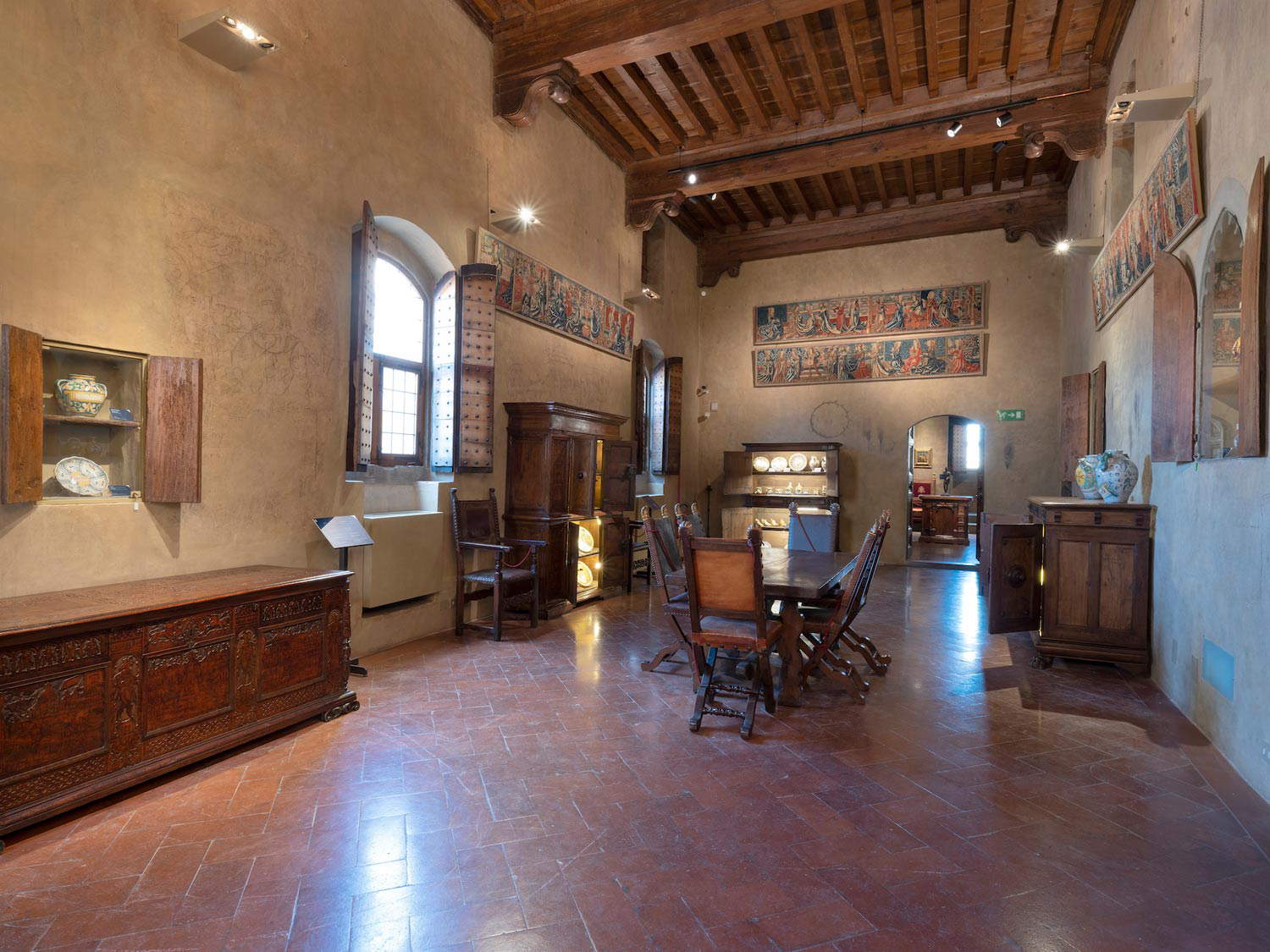
"After six months of work we will return to visit and admire the Museum of Palazzo Davanzati completely redeveloped, with a layout that not only enhances the existing collection but also includes interesting new elements. - stressed Deputy Mayor and Councillor for Culture Alessia Bettini - A palace rich in history and culture that holds a precious heritage that absolutely must be rediscovered."
"The Davanzati is the museum par excellence that exemplifies not only the key role of the antiquarians and collectors active in Florence between the late 19th and early 20th centuries in spreading the idea of the Florentine Middle Ages and Renaissance in Italy and around the world, but also the commitment of the Italian state from the postwar period to the present in protecting and making usable one of the rare examples of a 14th-century tower house and museum dedicated to private life in Florence from the 14th to the late 16th century, explains Paola D’Agostino, director of the Bargello Museums. The new layout combines according to a more rational chronological order, the rearrangement of the rooms of representation and private life, with the inclusion of some rooms redesigned according to the most modern museographic criteria, dedicated to artists, specific themes or focused on very singular artifacts, such as the Guicciarini blanket. Over the past three years there has been a long research effort by curator Daniele Rapino, assisted by Bendetta Matucci, to select the works to be exhibited, some for the first time visible to the public and on temporary loan from the Bargello National Museum’s storerooms, and to follow the restoration of so many different artifacts, from furniture to antique lace, of which the Davanzati preserves an important nucleus. With the architect designer of the new layout and director of works, Lorenzo Greppi there has been an ongoing discussion to enrich the museum narrative in the museum’s delicate environments. It was also an opportunity for comparison and collaboration among scholars of different generations, from a lace specialist like Marina Carmignani, to a temporary scientific collaboration with Gioia Romagnoli, selected through a public call by the Bargello Museums, to a young scholar, Giulia Cantoni, selected by the Education and Research Directorate of the Ministry of Culture for a paid training internship. All the staff of the Palazzo Davanzati Museum worked, during the closing museums, to follow the work and keep the museum safe."
“The idea that guided me in the new layout of the Museum of Palazzo Davanzati was to offer a renewed visitor experience, making the itinerary didactically smoother and the approach to what the palace represents more comprehensible, that is, the most faithful example of a Florentine residence from the Renaissance period. Above all, the work was a reorganization of the existing collection, scanned in temporal order, supplemented with extraordinary masterpieces from the deposits of the Bargello National Museum,” explains Museum Director Daniele Rapino.
“In tackling the work of designing the integrated layouts of the Palazzo Davanzati Museum,” says architect Lorenzo Greppi , “I had to mediate between the complexities that characterize its identity, that is, between the museum dimension and the living dimension. This entailed, on the one hand, a series of physical layout choices through the use of display cases, showcases and display bases and, on the other hand, a balanced use of the lighting engineering part by alternating punctual lighting and diffuse lighting where the intention is to show the single object but always within an architectural context and reference to Renaissance domestic life.”
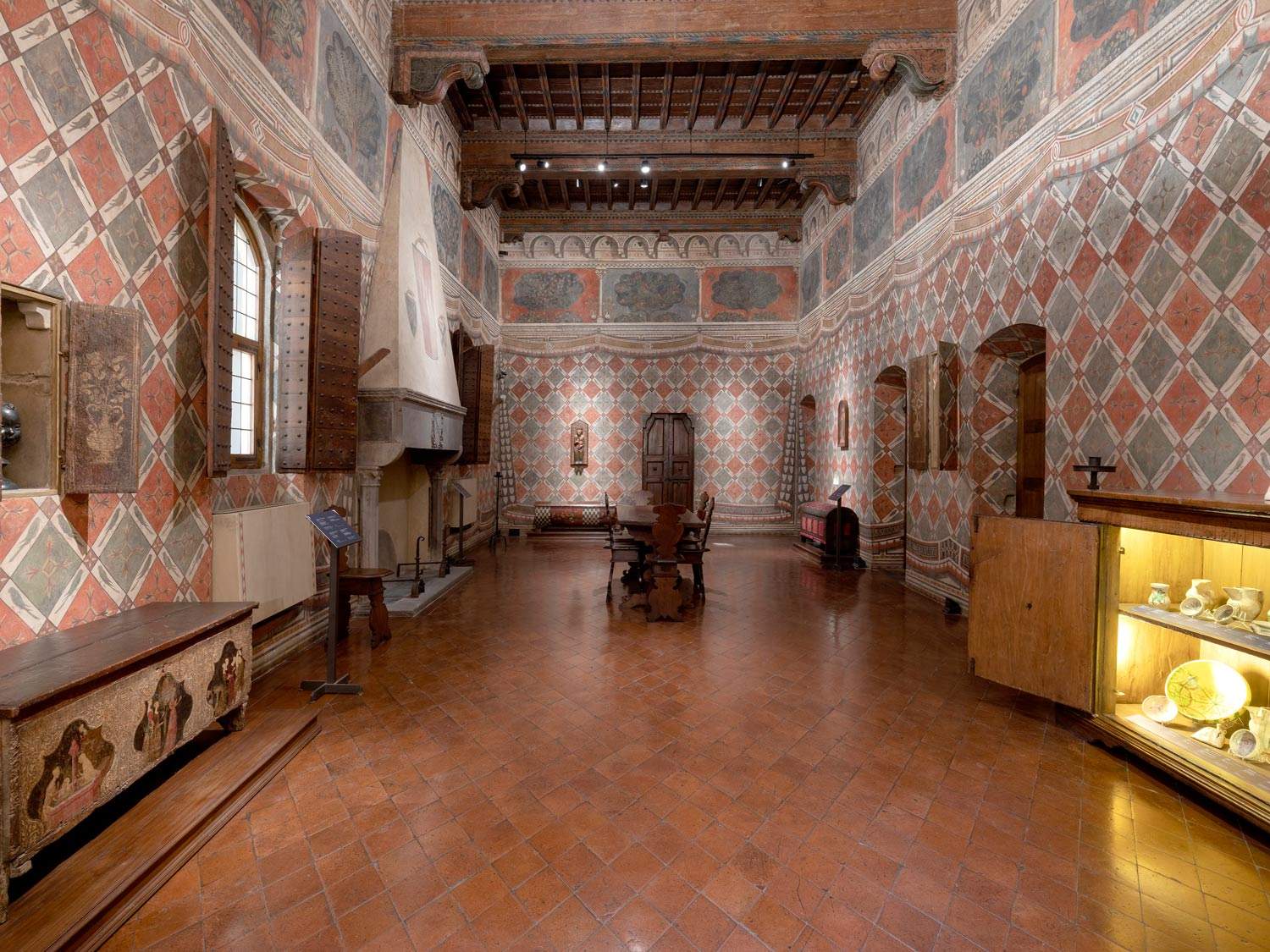

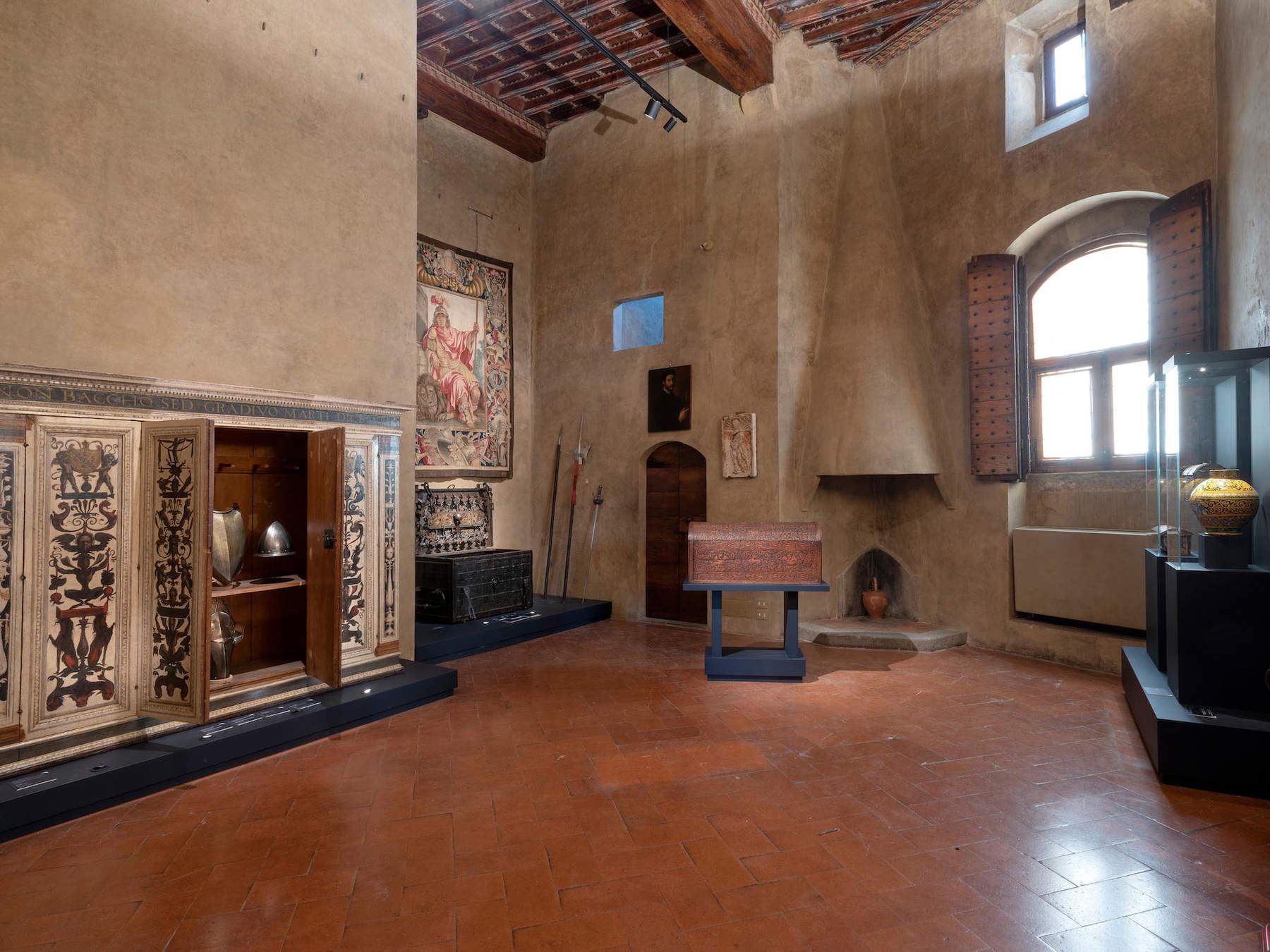
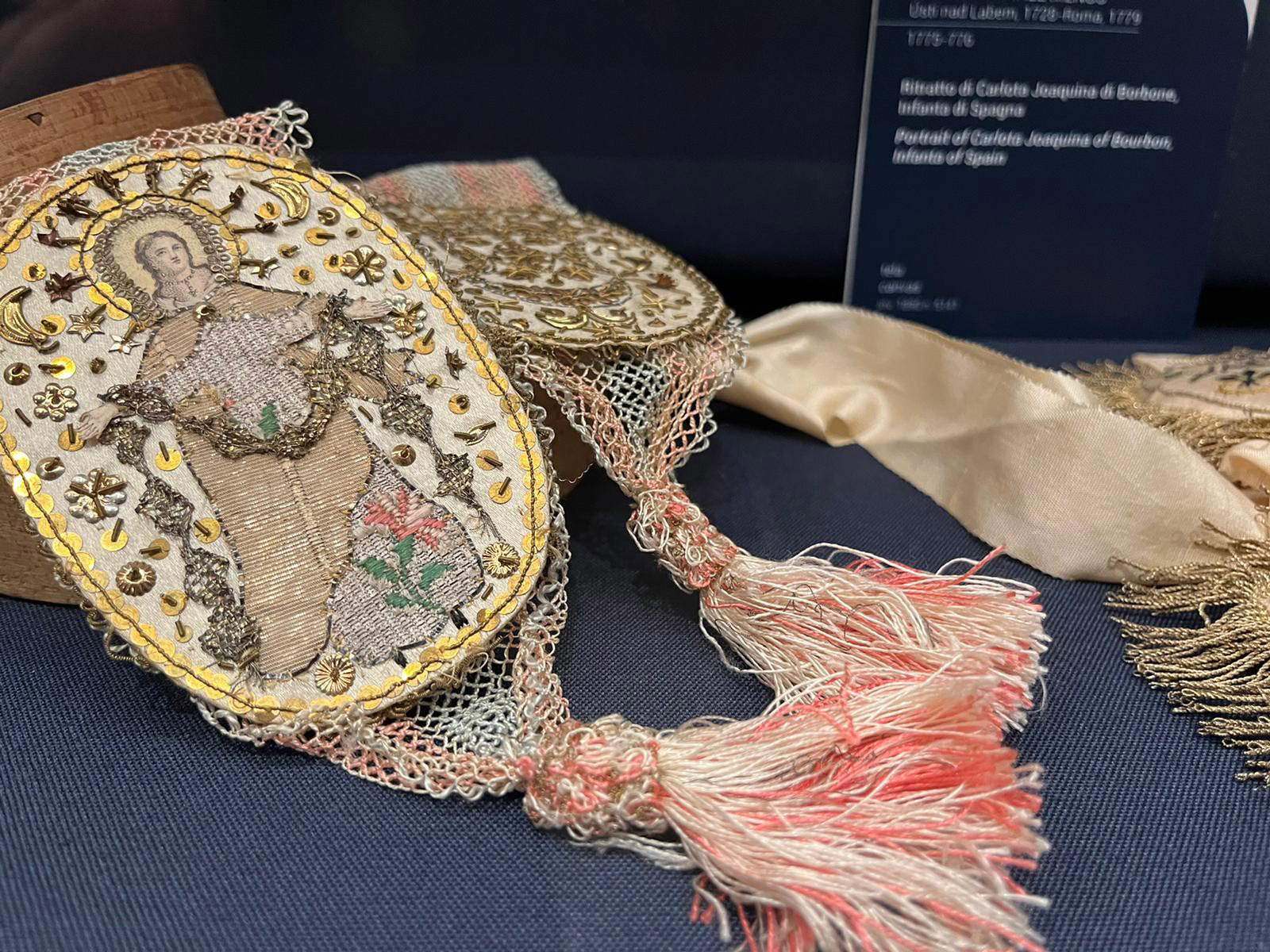
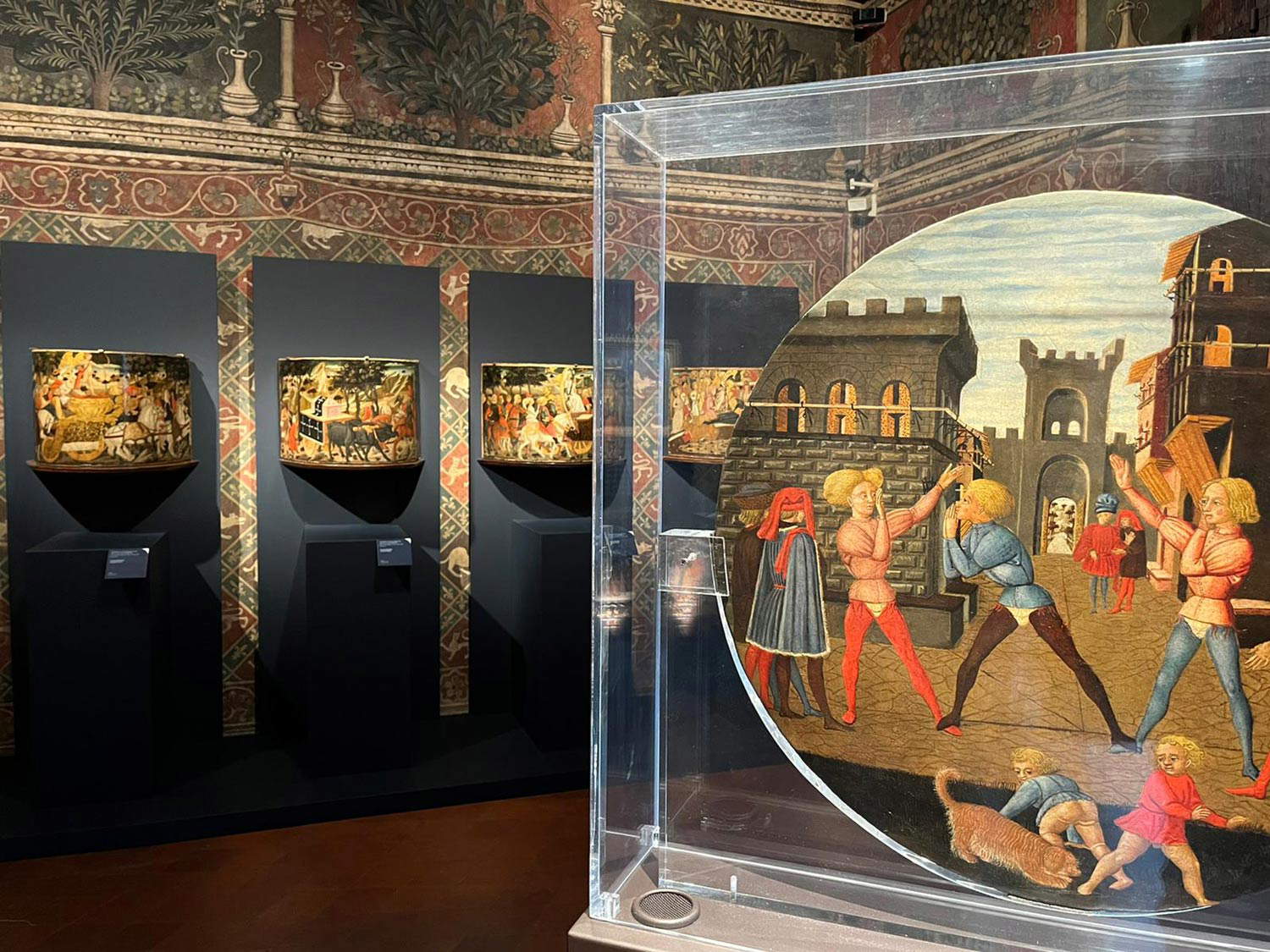
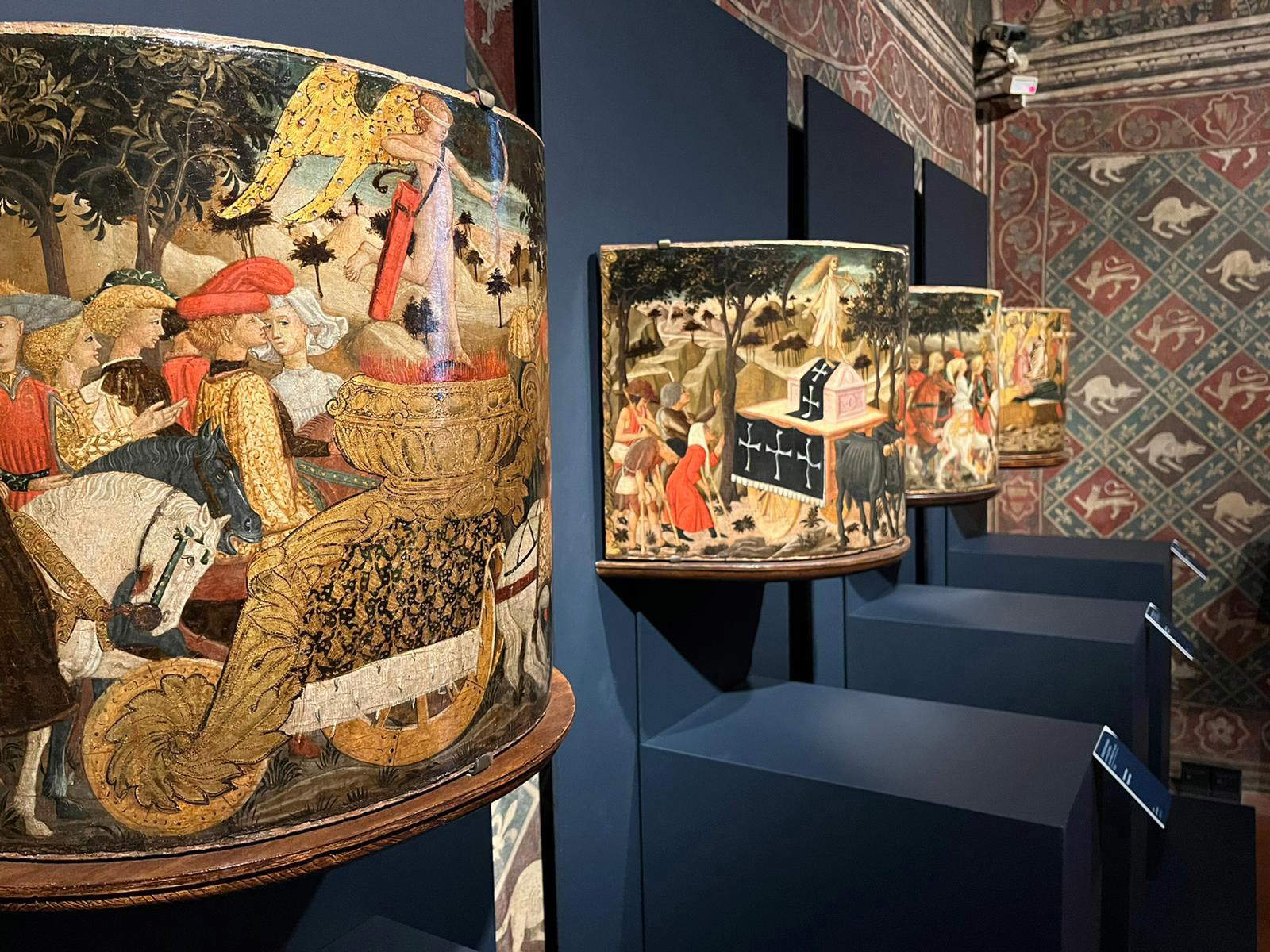
 |
| Florence, after six months of work reopens Palazzo Davanzati, all renovated |
Warning: the translation into English of the original Italian article was created using automatic tools. We undertake to review all articles, but we do not guarantee the total absence of inaccuracies in the translation due to the program. You can find the original by clicking on the ITA button. If you find any mistake,please contact us.